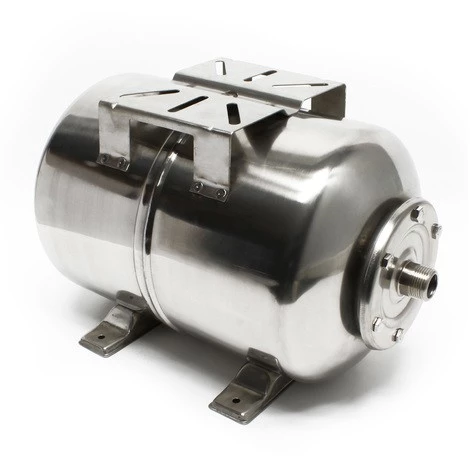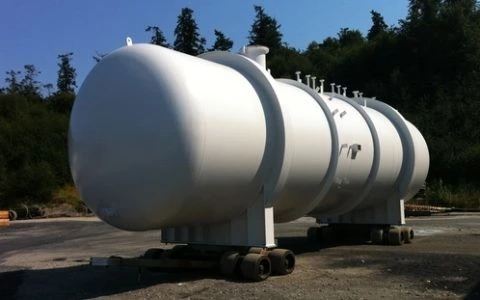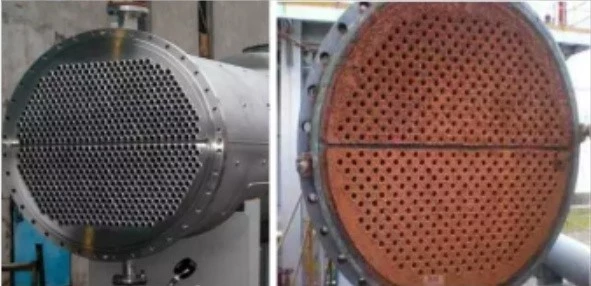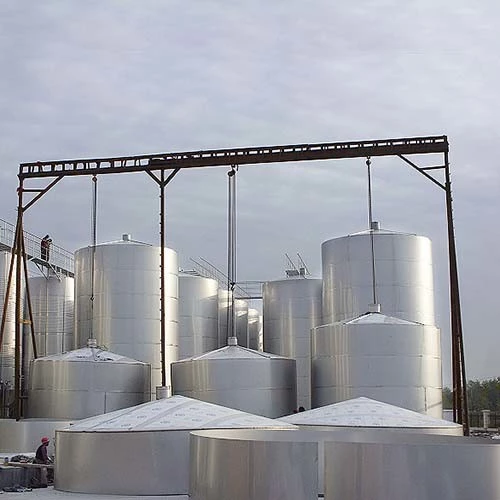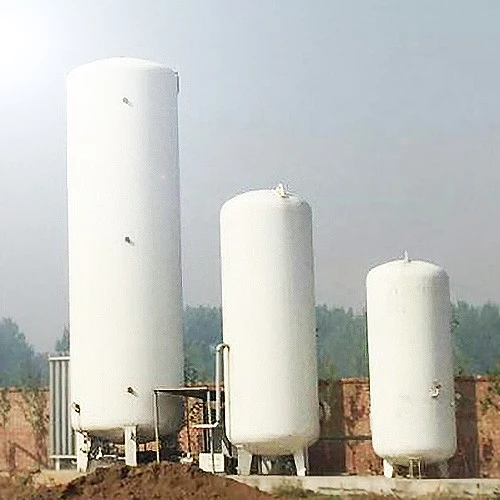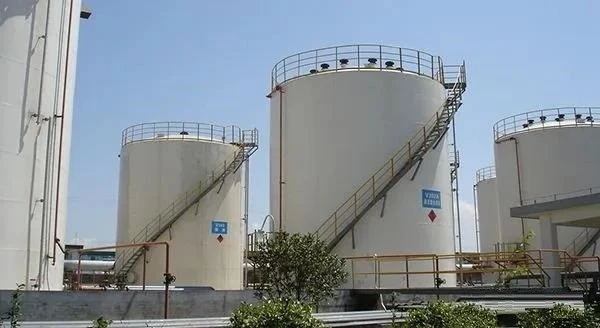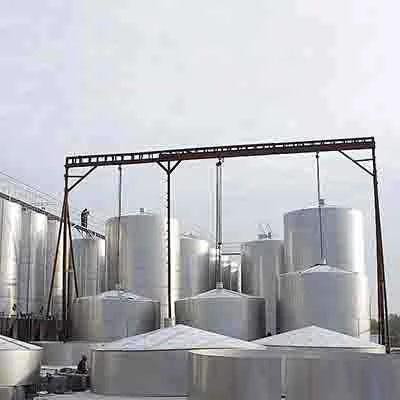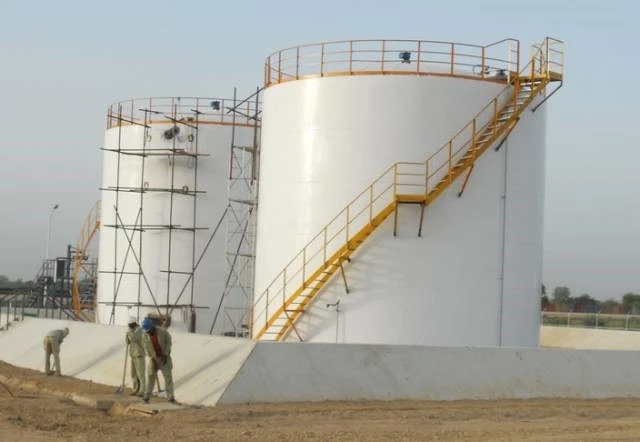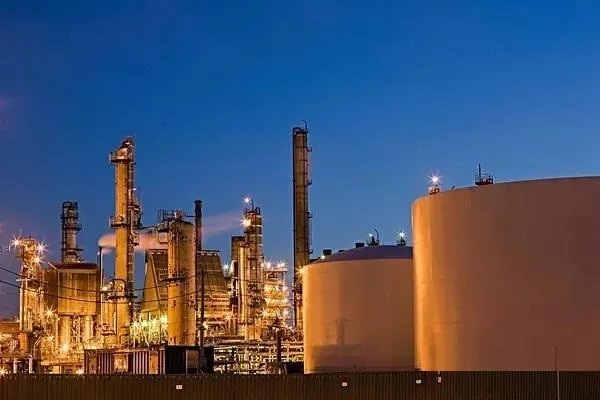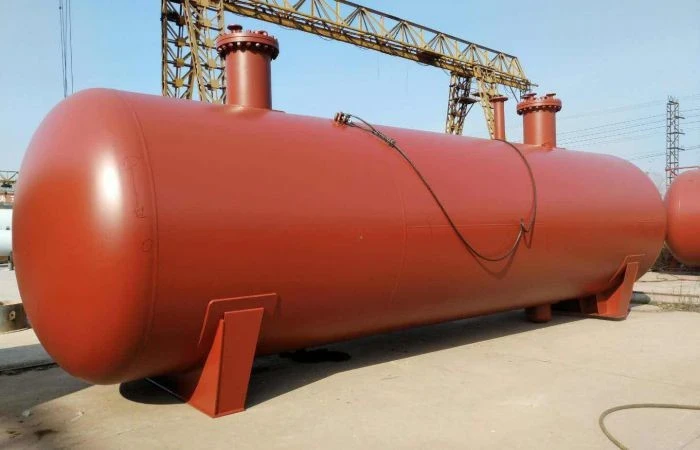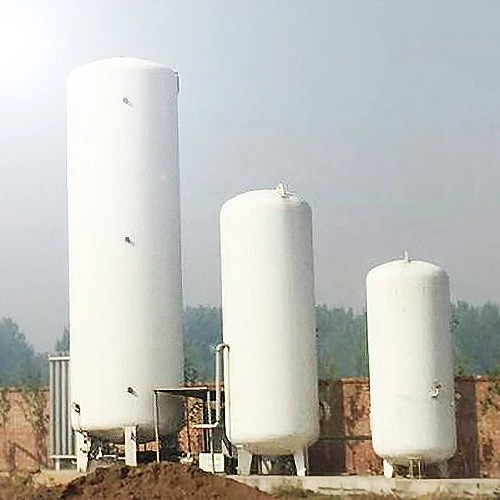Understanding Pressure Vessel Boundary Determination
When defining the boundaries of pressure vessels, crucial factors come into play, primarily centered around the potential for accidents and the severity of such accidents. Currently, there is no globally standardized regulation governing the scope of pressure vessel boundaries. The determination of these boundaries hinges on various elements, with the degree of harm resulting from an explosion being a significant consideration. In the event of a pressure vessel explosion, the extent of harm...

